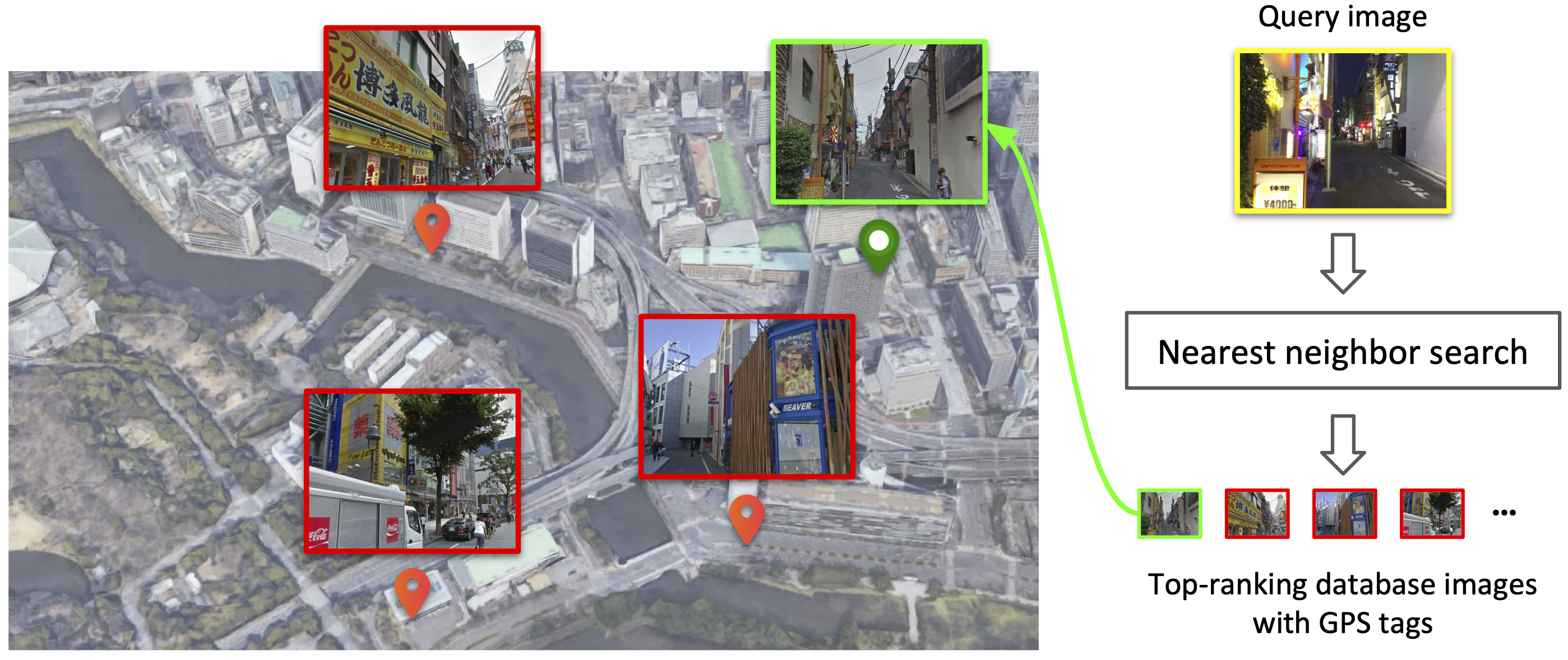Stochastic Attraction-Repulsion Embedding for Large Scale Image Localization
This paper tackles the problem of large-scale image-based localization (IBL) where the spatial location of a query image is determined by finding out the most similar reference images in a large database. For solving this problem, a critical task is to learn discriminative image representation that captures informative information relevant for localization. We propose a novel representation learning method having higher location-discriminating power. It provides the following contributions: 1) we represent a place (location) as a set of exemplar images depicting the same landmarks and aim to maximize similarities among intra-place images while minimizing similarities among inter-place images; 2) we model a similarity measure as a probability distribution on L_2-metric distances between intra-place and inter-place image representations; 3) we propose a new Stochastic Attraction and Repulsion Embedding (SARE) loss function minimizing the KL divergence between the learned and the actual probability distributions; 4) we give theoretical comparisons between SARE, triplet ranking and contrastive losses. It provides insights into why SARE is better by analyzing gradients. Our SARE loss is easy to implement and pluggable to any CNN. Experiments show that our proposed method improves the localization performance on standard benchmarks by a large margin. Demonstrating the broad applicability of our method, we obtained the third place out of 209 teams in the 2018 Google Landmark Retrieval Challenge. Our code and model are available at https://github.com/Liumouliu/deepIBL.
PDF Abstract ICCV 2019 PDF ICCV 2019 Abstract



 Oxford5k
Oxford5k